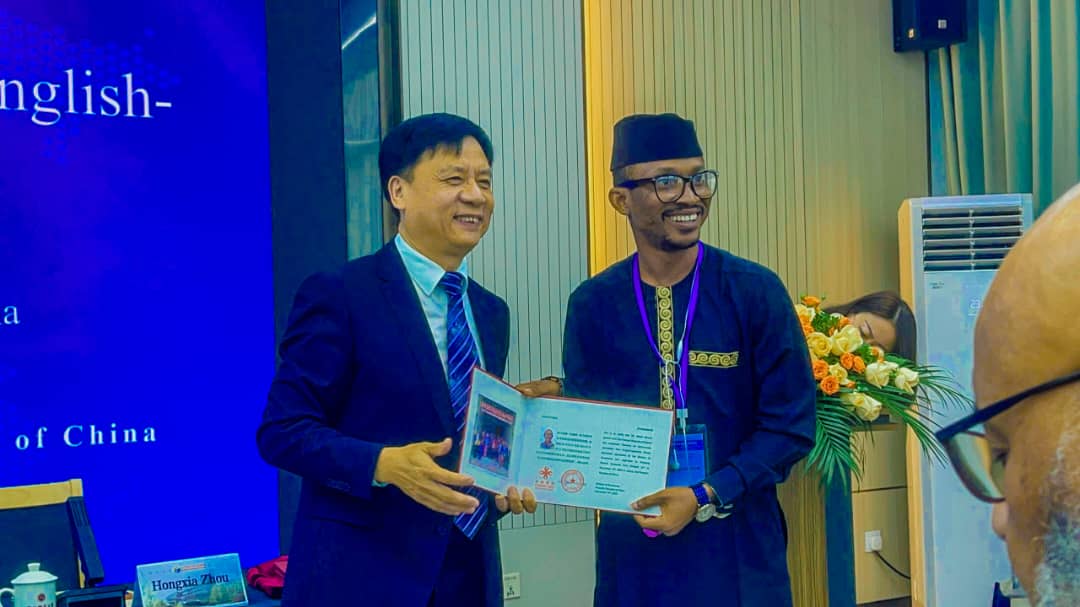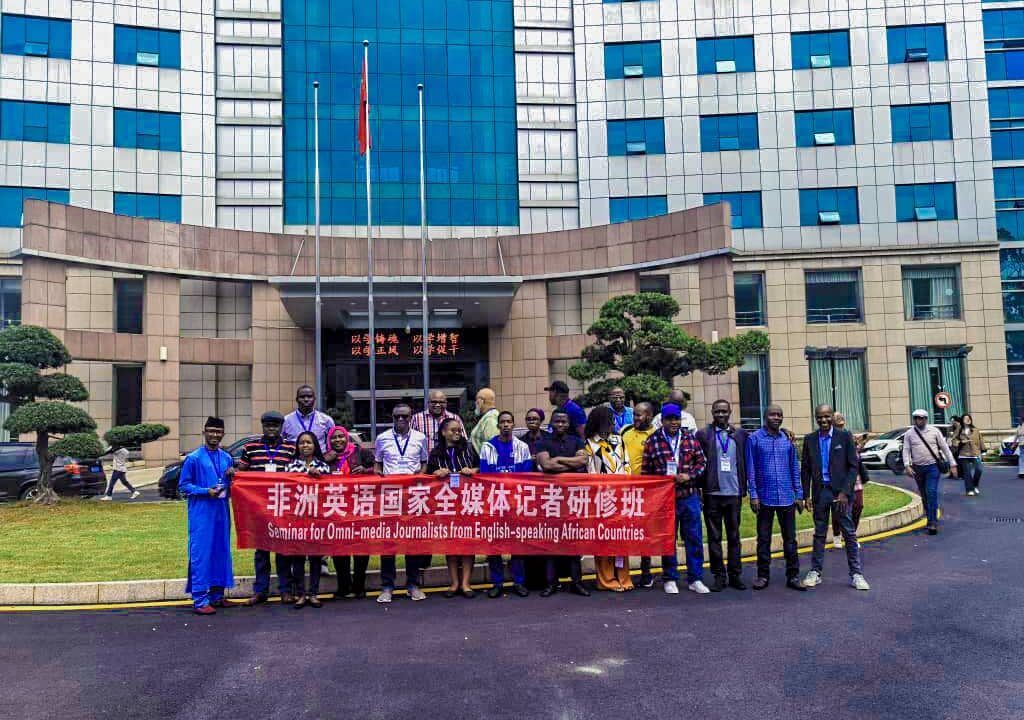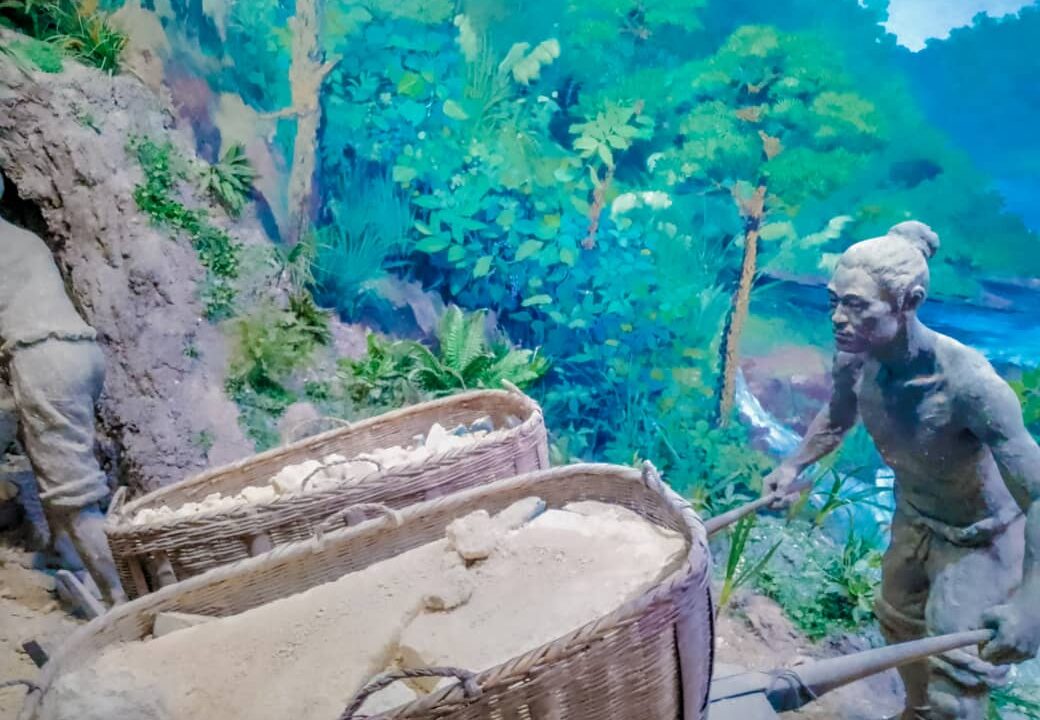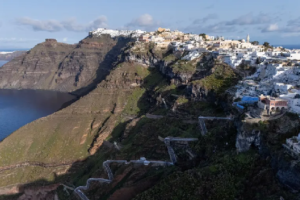Discovering the Rich History of Porcelain: African Journalists Explore Jingdezhen Ceramics Museum
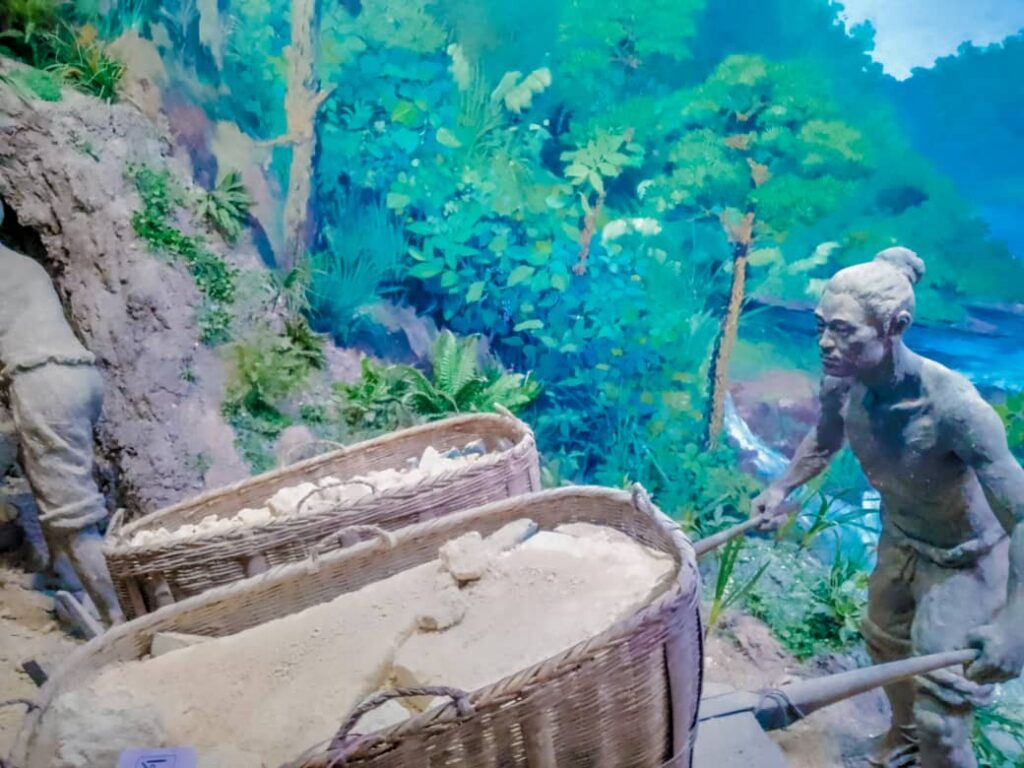
When visiting Jingdezhen city in China, one area that shouldn’t be missed is the Jingdezhen Ceramics Museum. This historic monument captivates visitors with vibrant graphics and intricate depictions that bring to life ancient Chinese history.
The visit of journalists from English-speaking African countries to Jingdezhen would be incomplete without exploring the ceramic museum, which serves as a repository of Chinese cultural treasures and enriches their overall experience.
Jingdezhen has, for centuries, been renowned for its rich natural resources and advanced technology, reaching the pinnacle of porcelain production and earning its title as the “Porcelain Capital” admired worldwide.
This city’s legacy of inclusiveness and innovation is reflected in its long-standing history of porcelain making, with exquisite wares from past dynasties exported to every corner of the globe.
Oral tradition traces the origins of China’s famed kilns and porcelain production back to the Song Dynasty, where unique and distinctive products emerged.

The bluish-white porcelain of South Jingdezhen, renowned for its glittering translucence akin to jade, became a hallmark of this dynasty, representing the art form at its finest.
What truly fascinates visitors are the museum’s unique designs and displays, which offer a glimpse into the rich history of ancient Chinese civilization. These figurative images of emperors and their legacies have inspired generations, preserved through the ages for all to witness.
The profound historical monuments within the museum resonate with the journalists, motivating them to advocate for the documentation of African history in modernized ways.
They understand the importance of raising awareness and celebrating their own cultural heritage to prevent it from fading into obscurity.
While the museum visit serves as an eye-opener for African journalists, it extends beyond mere appreciation of China’s cultural legacy.
It facilitates connections with international tourists, creating an opportunity to share and celebrate the beauty of African culture, which is often unheard of, fostering a rich exchange of ideas and perspectives.



